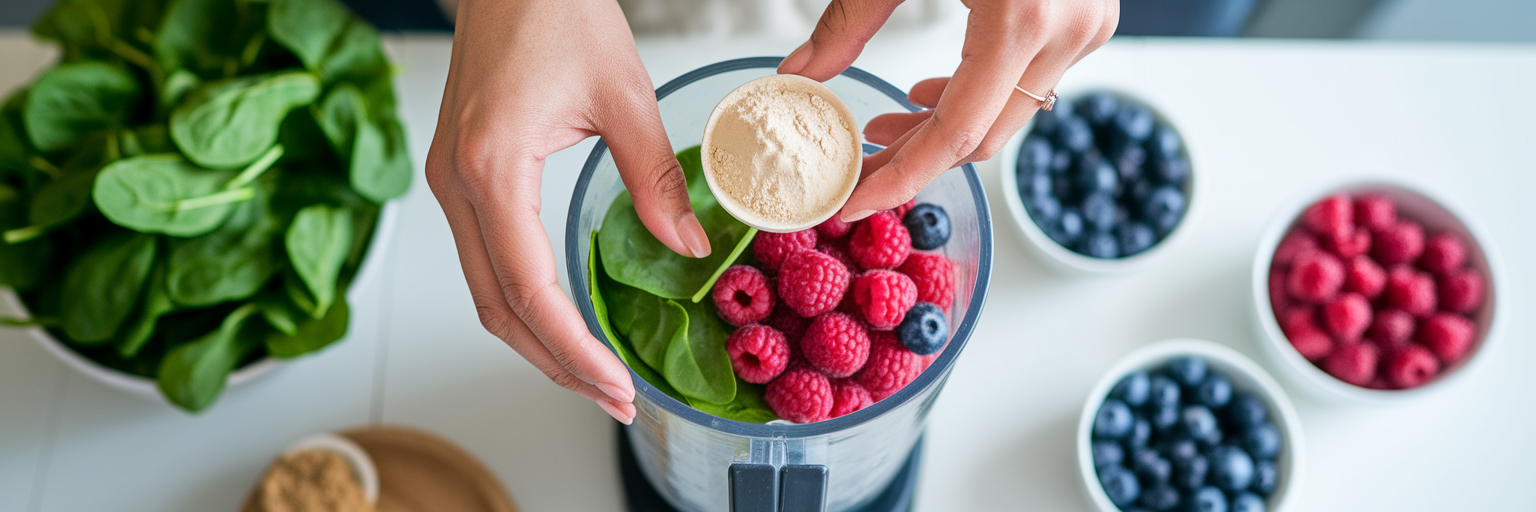What Really Happens to Your Muscles After a Workout
We all know that satisfying ache after a really good workout. It’s the feeling that tells you you’ve pushed yourself and made progress. What’s actually happening inside your body is a process called exercise-induced muscle damage, or EIMD. Think of it like renovating a house. To build a stronger structure, you first have to break down the old, weaker parts. In the same way, your muscles experience tiny micro-tears during intense exercise, signaling your body that it’s time to rebuild.
This is where inflammation comes in. It’s your body’s natural “repair crew,” rushing to the scene to clean up damaged cells and kickstart the healing process. This short-term, acute inflammation is not only normal but essential for muscle growth. The trouble starts when this response becomes excessive or lingers too long, leading to that familiar prolonged stiffness known as Delayed Onset Muscle Soreness (DOMS). When you’re too sore to move comfortably for days, it can seriously derail your training consistency.
So, the goal isn’t to eliminate inflammation entirely. Instead, it’s about managing it effectively. Your nutrition is one of the most powerful tools you have to help your body handle this repair process efficiently. The right foods can help you reduce post-workout inflammation, allowing you to recover faster and get back to doing what you love.
The Plant-Powered Advantage for Muscle Recovery

Building on the idea that nutrition is key, plant-based proteins offer a unique, dual-action advantage for recovery. First, they deliver the essential amino acids your muscles need to repair those micro-tears and rebuild stronger. But here’s where they really stand out: they also come packed with powerful plant compounds that help your body manage its inflammatory response.
These compounds, including phytochemicals and antioxidants like polyphenols, work to combat oxidative stress. Intense exercise creates this stress, which is a major contributor to inflammation. Unlike many animal-based proteins, vegan sources bring this built-in support system to the table. You’re not just getting protein; you’re getting a whole team of nutrients working together for your recovery.
There’s also a fascinating connection to gut health. Many plant-based protein sources are rich in fiber, which supports a healthy gut microbiome. A balanced gut is closely linked to a more balanced immune system and lower levels of systemic inflammation throughout the body. This holistic approach means you’re supporting your recovery from multiple angles. If you're curious to learn more about the broader benefits of a plant-forward lifestyle, you can explore more insights on our blog.
Key Anti-Inflammatory Players in Vegan Protein
So, what are these powerful plant compounds? Let's look at the specific ingredients that make a high-quality vegan protein for muscle recovery so effective.
Omega-3-Rich Proteins: Hemp and Sacha Inchi
Proteins like hemp are excellent sources of alpha-linolenic acid (ALA), an omega-3 fatty acid. Your body uses ALA to create its own inflammation-resolving compounds, which directly help soothe soreness and calm the inflammatory response after a tough workout.
Complete Amino Profiles: Pea and Rice Protein
One of the biggest benefits of pea protein powder, especially when blended with rice protein, is that it creates a complete amino acid profile. This gives your muscles all the building blocks they need for synthesis. Just as importantly, these proteins are hypoallergenic for most people, meaning they are less likely to cause the gut irritation that can sometimes contribute to low-grade inflammation.
Functional Boosters: Turmeric and Ginger
Many advanced formulas include functional ingredients for an extra edge. Turmeric contains curcumin, and ginger contains gingerol. Both are powerful compounds known to inhibit specific inflammatory pathways in the body. They work at a molecular level to help manage soreness and support a healthy inflammatory response.
The real magic happens when these ingredients work in synergy. A comprehensive blend is often more effective than any single ingredient on its own. In fact, a Forbes Health analysis of lab-tested protein powders highlighted that comprehensive formulas are highly regarded for their effectiveness, validating the power of a well-crafted, multi-ingredient approach.
| Ingredient | Key Anti-Inflammatory Compound | Primary Benefit for Recovery |
|---|---|---|
| Hemp Protein | Omega-3s (ALA) & GLA | Helps produce inflammation-resolving molecules, reducing soreness. |
| Pea & Rice Protein Blend | Complete Amino Acid Profile | Provides building blocks for muscle repair without common allergens that can cause gut inflammation. |
| Turmeric | Curcumin | Inhibits inflammatory enzymes and pathways at a molecular level. |
| Ginger | Gingerol | Reduces muscle pain and soreness by blocking inflammatory signals. |
| Tart Cherry | Anthocyanins | Combats oxidative stress and has been shown to speed up muscle recovery. |
Note: This table highlights some of the most effective anti-inflammatory vegan foods and compounds found in high-quality protein blends. The synergy of these ingredients often provides a greater benefit than any single one alone.
How to Time Your Post-Workout Vegan Shake

Now that you know what’s in a great vegan protein, let’s talk about when to use it. You may have heard of the "anabolic window." This is simply the 30 to 45-minute period right after exercise when your muscles are most receptive to absorbing nutrients. This is the perfect time to drink a post-workout vegan shake.
Consuming your shake during this window ensures you’re delivering both the protein for repair and the anti-inflammatory compounds exactly when your body needs them most. It’s a simple way to maximize your recovery. Here’s an easy formula to get you started:
- 1-2 scoops of your favorite vegan protein powder
- 1 cup of plant-based milk (almond or oat work great)
- 1/2 cup of antioxidant-rich berries (like blueberries or tart cherries)
- A handful of spinach (you won’t taste it, we promise!)
But you don’t have to stick to shakes. For a different twist, try mixing your protein powder into oatmeal, a smoothie bowl, or even protein pancakes. It’s a versatile way to get your recovery nutrients in. For more creative ideas, check out these 3 easy vegan protein recipes you’ll actually crave.
Why not try one after your next workout? Let us know your favorite shake combination in the comments below!
Real-World Benefits for Your Fitness Journey
So, what does all this science mean for you? It translates into tangible benefits you can actually feel. The most immediate one is waking up with less stiffness and soreness. This makes it much easier to get on with your day and, more importantly, feel ready for your next training session.
Faster recovery allows for more consistent training, which is the key to making real progress toward your fitness goals. When you’re not sidelined by excessive soreness, you can maintain your momentum. Additionally, many of the anti-inflammatory compounds discussed also support healthy blood flow, helping deliver nutrients to your muscles and clear out waste products more efficiently. As noted in a Healthline review, some of the top vegan protein powders are specifically formulated with ingredients like tart cherry to enhance these recovery effects.
Ultimately, incorporating a high-quality vegan protein is about more than just muscle repair. It’s a holistic step toward better overall wellness. If you’re ready to feel the difference for yourself, we invite you to explore our collection of plant-based proteins designed to support your active lifestyle.
Choosing the Right Vegan Protein for You
With so many options out there, finding the best plant-based protein powder can feel overwhelming. Here’s a simple checklist to help you read labels like a pro and make a confident choice:
- Complete Protein Source: Look for a blend of different plant proteins, like pea and rice, to ensure you’re getting all the essential amino acids your body needs for muscle repair.
- Clean Ingredient List: The shorter, the better. A quality protein powder should be free of artificial sweeteners, fillers, and gums. You should be able to recognize every ingredient on the list.
- Third-Party Testing: Look for certifications from independent organizations. This guarantees that what’s on the label is actually in the product, ensuring purity and potency.
Choosing a vegan protein is a simple but powerful step toward optimizing your recovery and feeling your best. Don’t be afraid to experiment to find a flavor and formula you truly enjoy. To see what a clean, effective formula looks like, you can check out an example like our chocolate vegan protein, which is crafted with these principles in mind.



